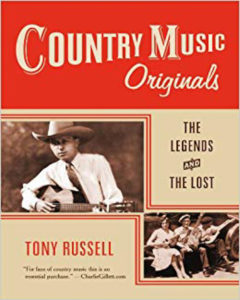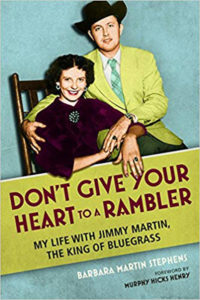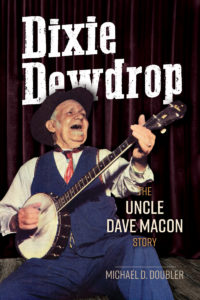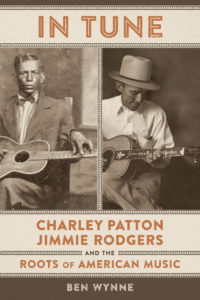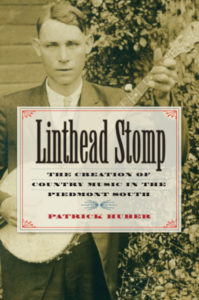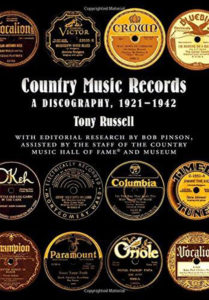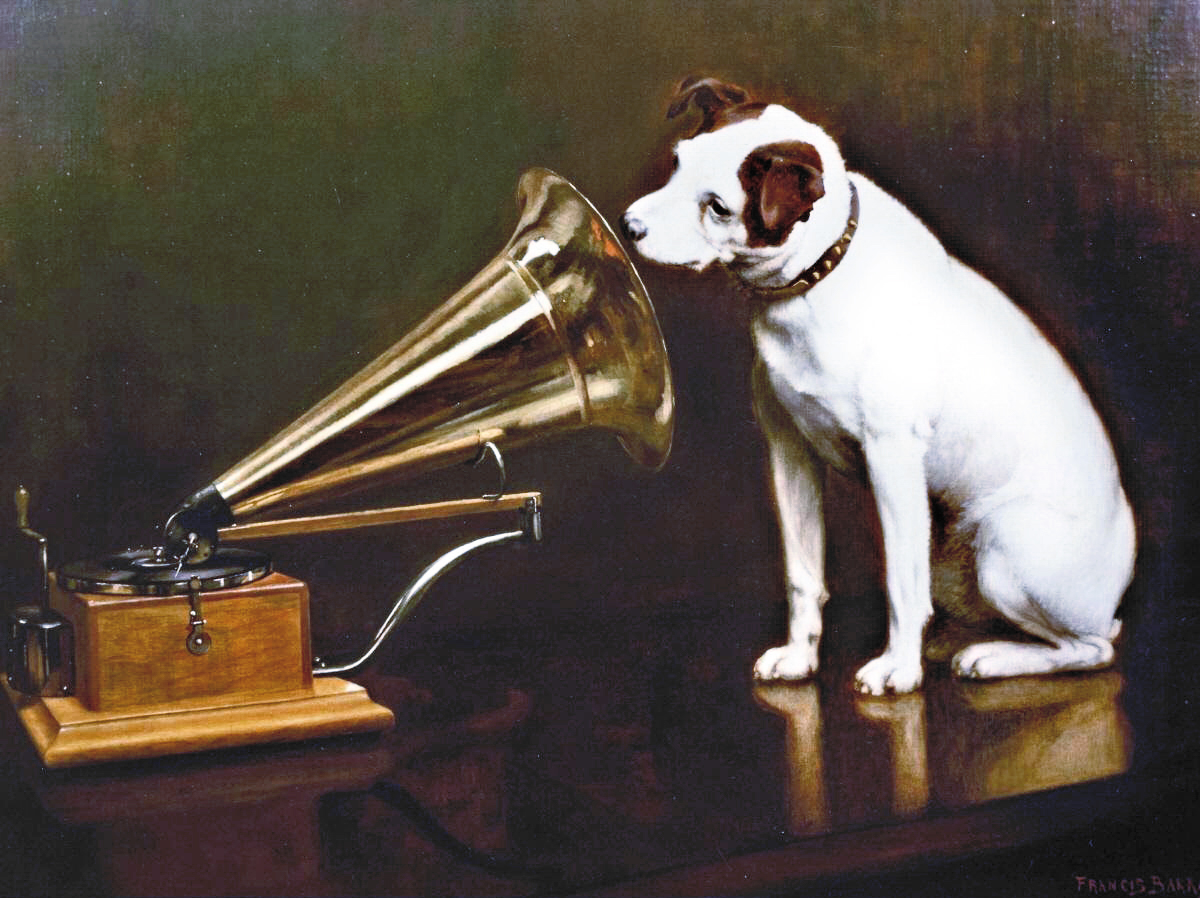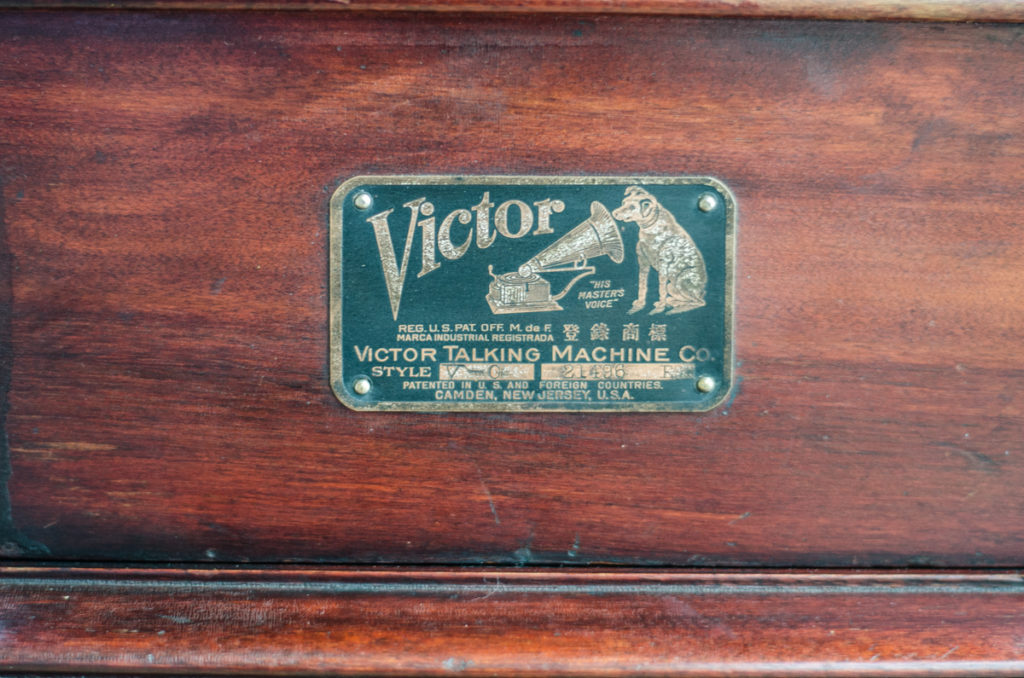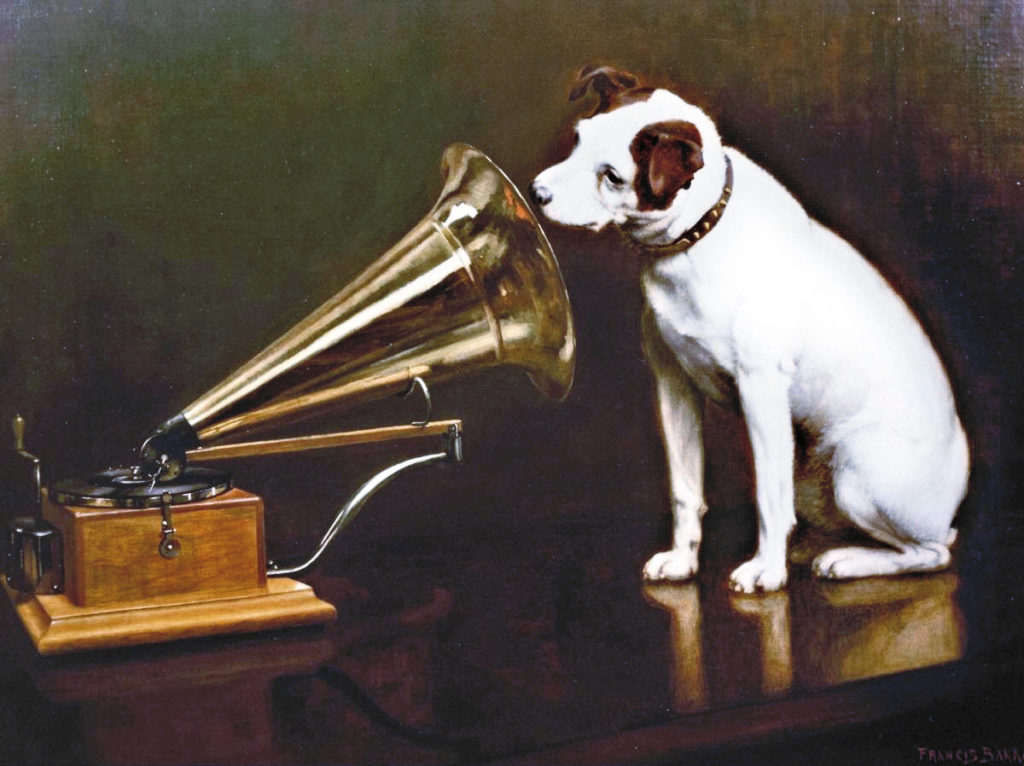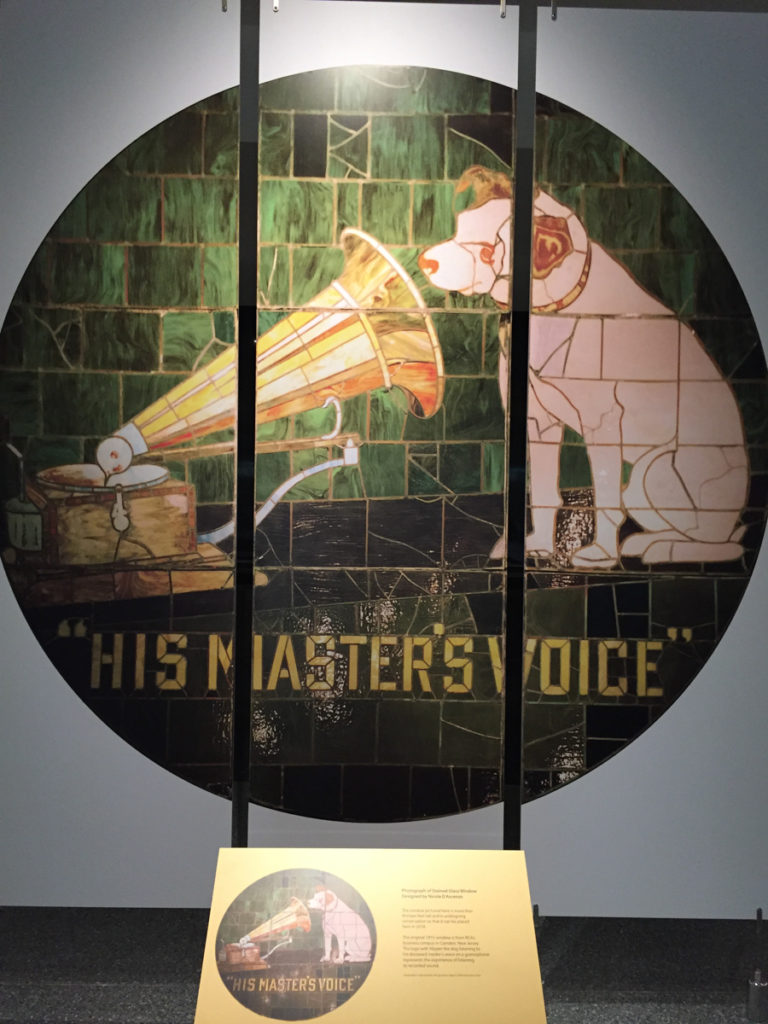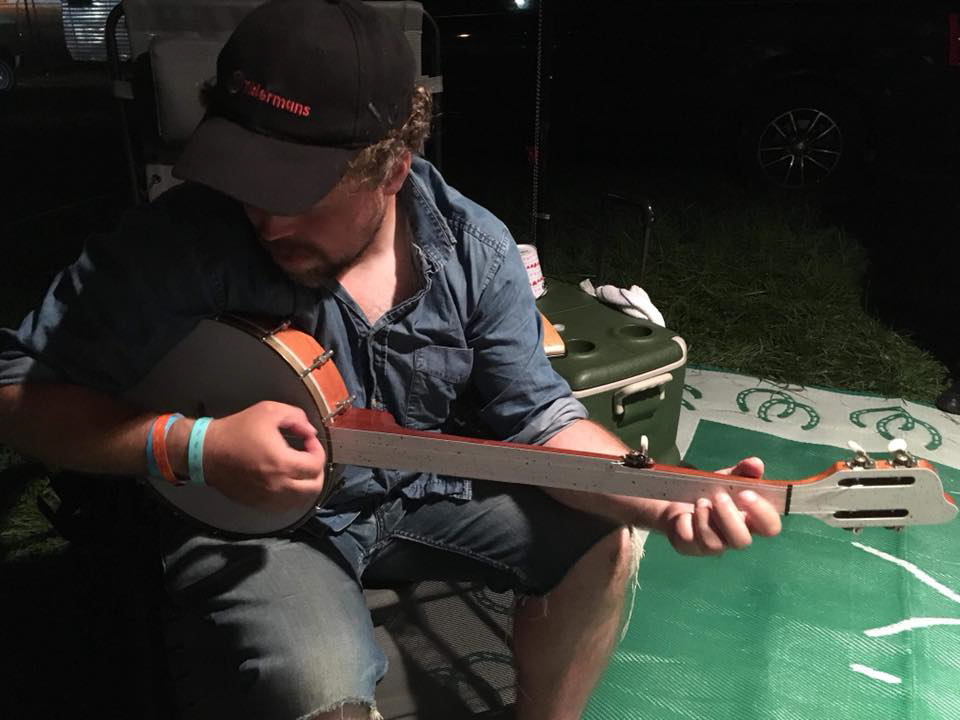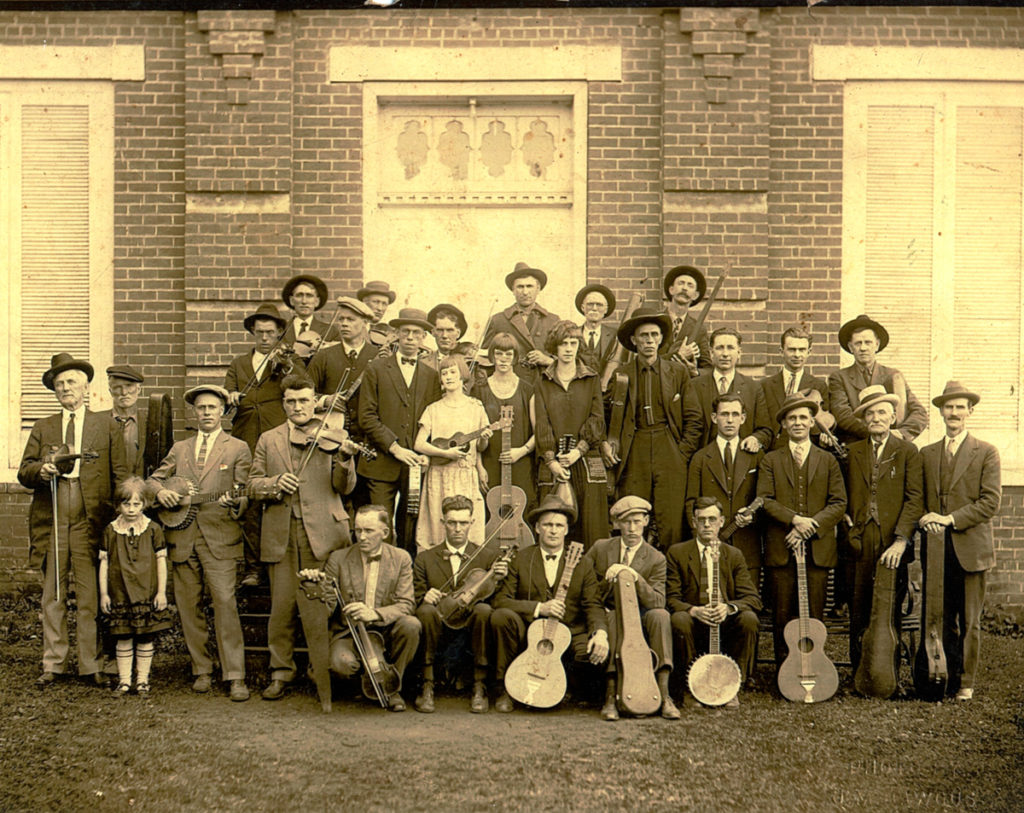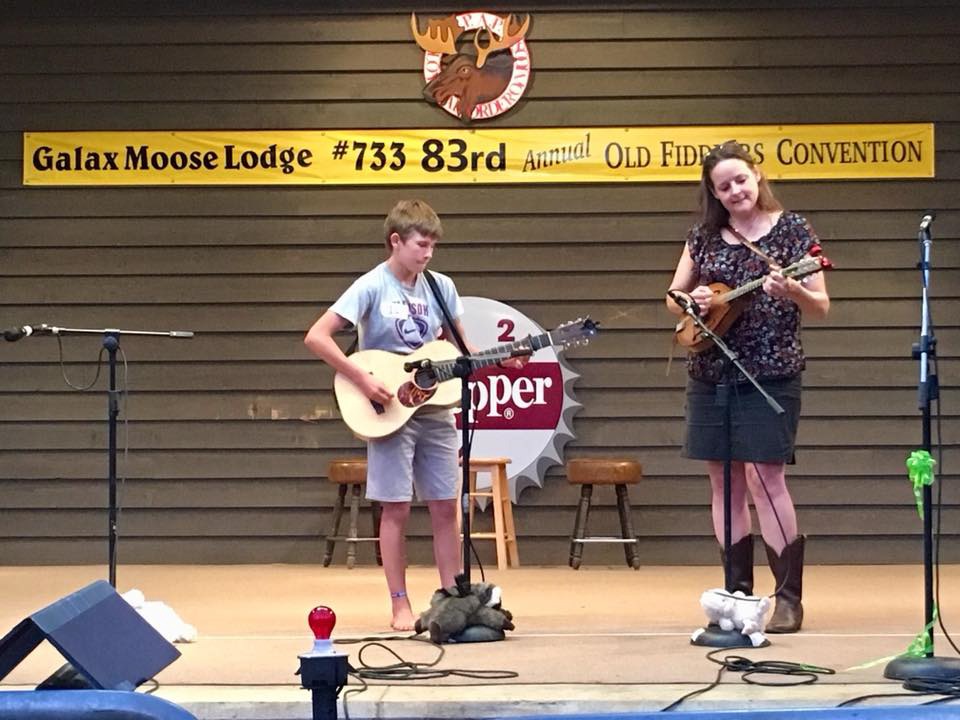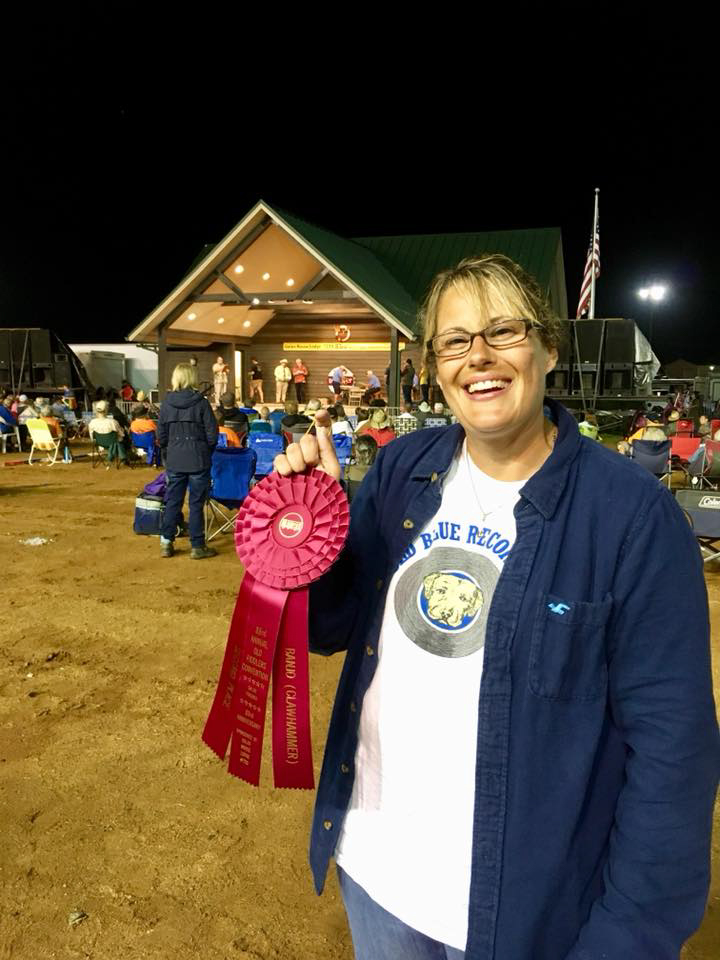September 17 is International Country Music Day! And while every day is “country music day” here at the Birthplace of Country Music, we thought we’d mark today in particular with a few fun facts and fancies all about this genre of music.
On This Day
On the internet, you can almost always find something interesting via the “on this day” sites, and country music is no exception. Sometimes the connections drawn feel like a stretch to mark the day as interesting. For instance, on this day in 1959, Johnny Cash made his first appearance on UK television on a show called Boy Meets Girl. And sometimes you find a connection to the day that is just a good story, like the fact that on September 17, 1977, Reba McEntire almost missed her debut performance on the Grand Ole Opry after her name was accidentally missed on the performers’ list by a security guard. However, some “on this days” give us a truly notable moment: On September 17, 1923, country legend Hank Williams was born in Alabama. Williams died young at the age of 29 in 1953, but his short life had huge impact on country music with a host of iconic and influential songs, including “Your Cheatin’ Heart” and “Hey Good Lookin.'”
International Fandom
With this being International Country Music Day, it seems only natural to highlight the love of country music beyond the borders of the United States. Articles from recent years in The Tennessean and the Guardian note the increasing global popularity of country music – not just with fans but also with country singers who hail from other countries. Festivals devoted to country and bluegrass music abound abroad – for instance, the Country 2 Country Festival in the UK, which now draws over 80,000 fans, and the Takarazuka Bluegrass Festival in Japan, now in its 47th year. In 2014 the Canadian postal service released a series of stamps focused on the contributions of Canadian country music stars with stamps of Shania Twain, k. d. lang, Tommy Hunter, Hank Snow, and Renée Martel. And we we often experience that international love of country music here in Bristol where the Birthplace of Country Music Museum has seen visitors from around 45 countries since we opened!
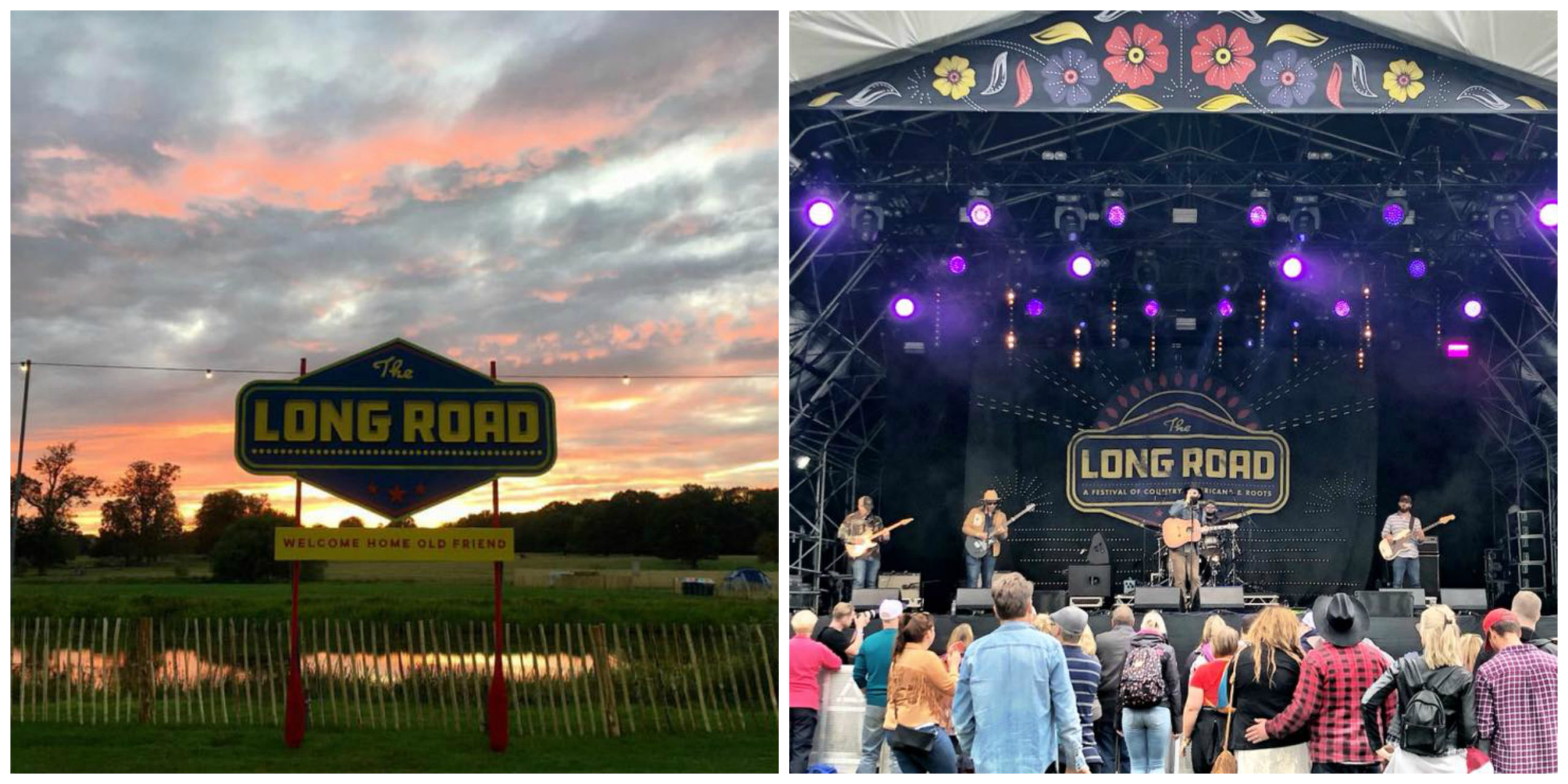
Storytelling
So much of country music is about storytelling from the songs themselves to the stories behind them. And that storytelling is an important facet of this blog too, giving us the chance to dig deeper into the people and the events that make our music heritage so interesting. Over the past year and a half, we’ve shared the stories of several Bristol Sessions or other old-time artists. Here are just a few of our favorites:
Jimmie Rodgers (via artists who have been influenced by him)
Mother Maybelle (via her guitar)
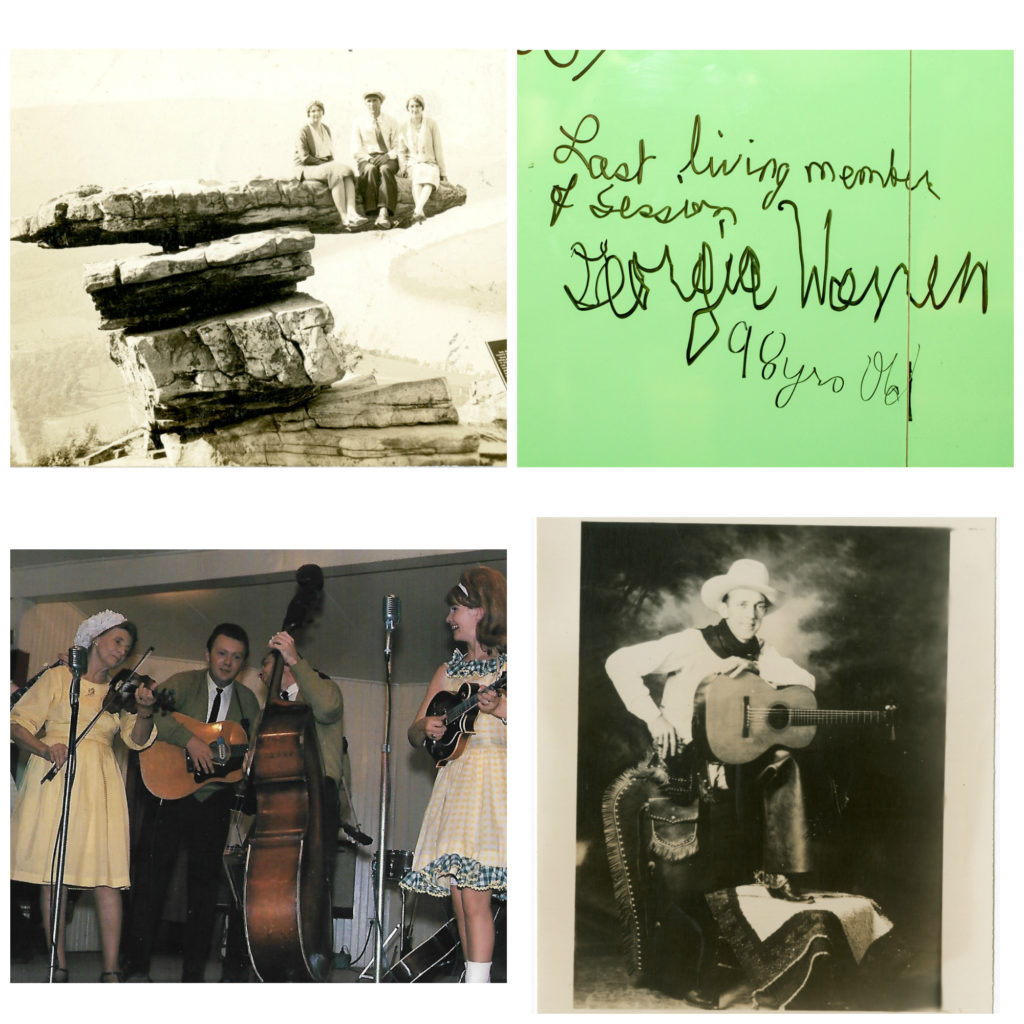
An Animal By Any Other Name…
The common names of animals and plants – dog or daisy – aren’t their only names; they also have scientific names. These scientific names are formed within a system of binomial nomenclature using Latin grammatical forms where the first name refers to the genus and the second to the species, e.g. Homo sapiens or Tyrannosaurus rex. Now, oftentimes, these names reflect different elements related to the discovery of the animal or plant – for example, the person who discovered it, the place it was discovered, different languages, or even based on a joke or a pun. And in 2015 one creepy crawlie was named after a country music star: Aphonopelma johnnycashi. Named by arachnologist Chris Hamilton and his team, this tarantula species honored “The Man in Black” because it was found near Folsom State Prison, site of Cash’s famous “Folsom Prison Blues,” and due to its dark coloration.

Country Music…Worth a Visit
Hopefully the few quirky and interesting highlights above stoked your interest and will lead you to explore country music more. A great place to start is obviously the Birthplace of Country Music Museum here in Bristol, Tennessee-Virginia! But, of course, there are a huge variety of sites that are important to country music history – for a start, check out this list of “14 Places Every Country Music Fan Should Visit Before They Die.” Just in this area alone there are many great ways to experience the history and sounds of country and old-time music (and the music it has influenced), from the Crooked Road: Virginia’s Heritage Music Trail with sites like the Carter Family Fold in Hiltons, Virginia, and the Ralph Stanley Museum in Clintwood, Virginia, to the Down Home in Johnson City, Tennessee and music festivals and fiddlers’ conventions such as Bristol Rhythm & Roots Reunion, MerleFest, Galax Old Fiddlers’ Convention, and FloydFest. And finally, fans can pay tribute to country music stars who have passed by visiting the cemeteries and the graves that mark their final resting place.
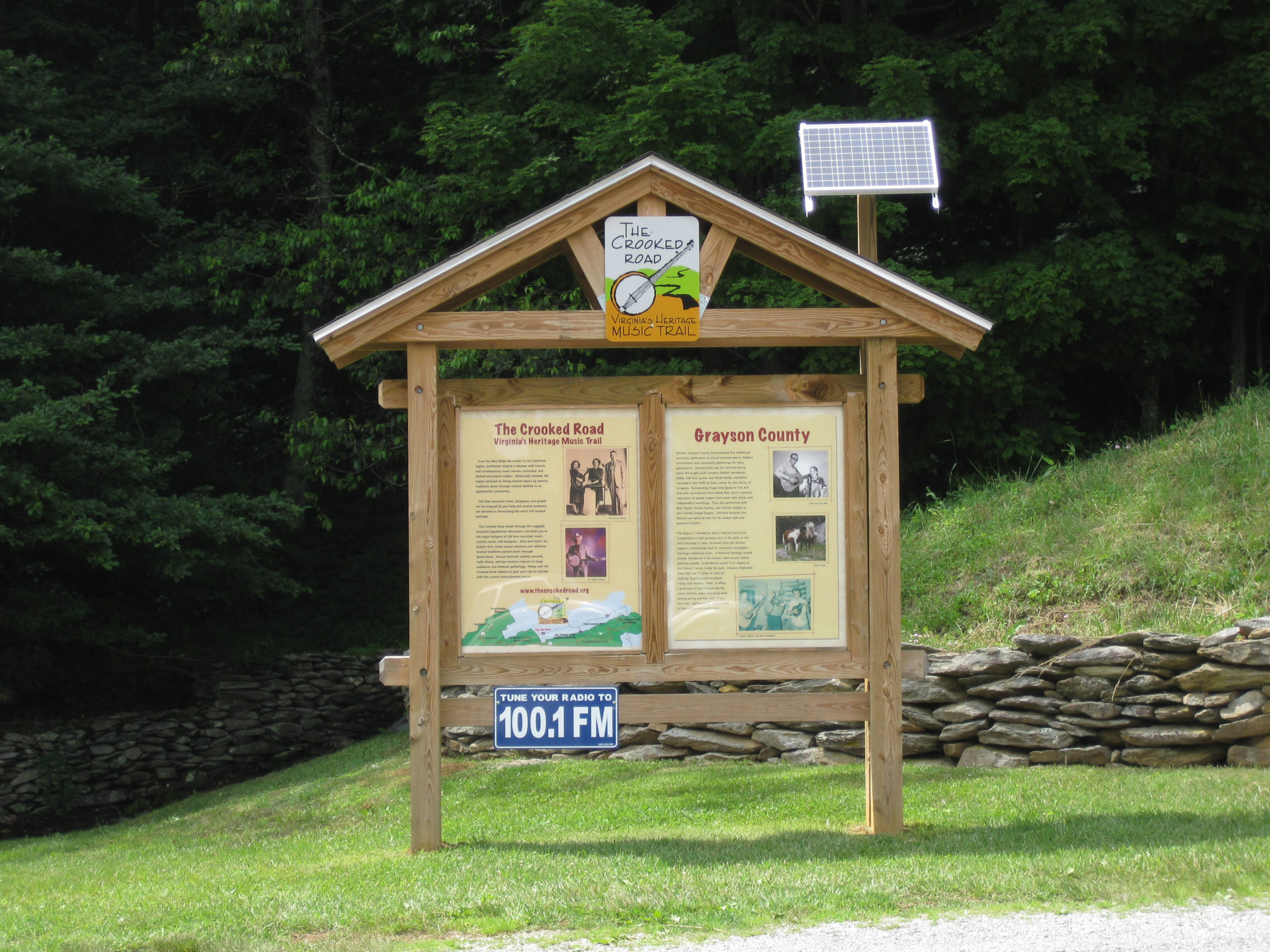
Happy International Country Music Day! Enjoy!



